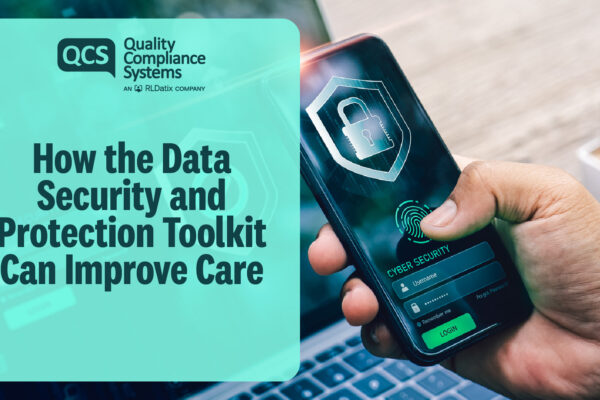Understanding Sundowning
Definition: Sundowning involves increased agitation, restlessness, and confusion in people with dementia, occurring from late afternoon through the night. It is linked to changes in brain areas affecting the internal body clock.
Who is At Higher Risk of Sundowning
- Individuals with mid to late stages of dementia
- Individuals with Disrupted sleep patterns
- Individuals with high levels of stress or anxiety
- Individuals with co-existing conditions (depression, chronic pain)
Causes of Sundowning Behaviours
Link to Our Bodies Stress Response:
- Trigger Stage: Changes in circadian (our internal body clocks) rhythm cause confusion and stress.
- Alarm Stage: Increased Cortisol and Adrenaline hormones leading to agitation and distress.
- Physical and Emotional Stage: Signs include pacing, yelling, or discomfort behaviours.
Hormonal Effects:
- Cortisol: High levels help to wake us up in the morning, however high levels later in the day or at nighttime are likely to increase anxiety, agitation, and disrupts sleep.
- Adrenaline: Causes pacing, trembling, aggression, and intensifies fear and distress.
Strategies to Prevent or Reduce Sundowning
Communication Considerations:
- Person-Centered Care: Tailor care plans to individual habits and calming strategies. The QCS PAL Instrument can be really effective here to help you tailer communication and support based upon PAL ability levels.
- Calm Approach: Use soft tones and empathetic words.
- Simple Language: Short, straightforward sentences using words and language that are familiar to the individual.
- Calming Tone: Show empathy and understanding.
- Non-Verbal Communication: Gentle touch, eye contact, observe body language.
- Distraction and Redirection: Engage in favourite activities or pleasant subjects.
- Validation and Reassurance: Acknowledge feelings and provide comfort.
Environment Considerations:
- Comfortable Setting: Adjust lighting, reduce noise, ensure safety.
- Consistent Routines: Maintain daily schedules based upon person-centred care.
- Visit Timing: Schedule visits earlier in the day if possible (this will need to be re-considered in palliative and end of life stages).
- Familiar Activities: Redirect attention to comforting activities.
- Comfort Items: Use therapy pets or dolls, with care as not everyone will find these acceptable or pleasant.
Practical Tips to Reduce Sundowning
Wellbeing Support:
Assist individuals to have time spent outdoors or accessing daylight, as this helps the body’s internal clock.
Encourage regular movement especially in the morning or early afternoon – Promote regular sleep pattern/routine.
Support a balanced diet and drinking throughout the day.
Advise or arrange regular check-ups – Medication reviews and adjustments – Be proactive with effective pain assessment and management.
Environmental Support: Use of adaptive or night lights to reduce shadows.
Emotional Support: Meaningful activities based upon personal profile, and current ability levels.
Sensory Support: Consider calming activities (music therapy, aromatherapy, hand massage) – Comfort items (blankets, familiar objects) – Adjust sensory environment to personal and cultural preferences.
If you found this guide helpful we have a wealth of best practice resources and guides in the QCS Dementia Centre. If you don’t have the QCS Dementia Centre, speak to your Account Manager for a free demo or trial.
Download Factsheet




